Yakitori: An Epicurean Journey Into Japanese Culinary Art
Japan’s culinary landscape is vast and unique, enticing travelers and food lovers from around the world. Among the treasures of this rich gastronomic culture, Yakitori stands out as an iconic delicacy that combines simplicity, tradition, and compelling taste. At Yoshida Hotel, we understand the cuisine’s power to bridge cultures and create unforgettable memories, and we are excited to guide you through the story of Yakitori, Japan’s beloved grilled chicken skewer.
In this comprehensive guide, Yoshida Hotel takes you deep into the heart of Japanese food culture, exploring the history, refinement, and allure of Yakitori. Whether you are a dedicated gourmet, a culinary adventurer, or a traveler dreaming of your next Japanese meal, join us as we unravel every facet of Yakitori’s appeal.
Yakitori – The Signature Dish That Defines Japanese Street Food
Yakitori: The Cultural Significance That Grills Beyond Borders
To understand the magic of Yakitori, you need to look beyond the skewer. Yakitori, quite literally “grilled chicken,” is a dish that connects ancient culinary roots to the vibrant izakaya scene you’ll find in Tokyo, Osaka, and across the archipelago. The process involves skewering bite-sized pieces of chicken, usually on bamboo sticks, and expertly grilling them over smoky binchotan charcoal. What emerges is a dish that epitomizes Japanese craftsmanship, attention to detail, and the pursuit of umami.

Yoshida Hotel recognizes the significant place Yakitori holds not just in food stalls and night markets, but also in the profound daily rituals and social gatherings that define Japanese life.
The Origins of Yakitori: From Sacred Rituals to Urban Delicacy
Yakitori traces its origins to traditional Japanese ceremonies, where meat skewers were used in Shinto rituals centuries ago. In the bustling cities of the Edo period, Yakitori evolved to become a favorite among laborers and townsfolk. The modern era has transformed Yakitori into an art form, with specialized “Yakitori-ya” restaurants that showcase the nuanced skills of their chefs. Each establishment adds its unique twist, creating an alluring spectrum of regional flavors and presentation.
Yakitori’s Place in Japanese Daily Life and Social Gatherings
One cannot separate Yakitori from the culture of mingling and togetherness in Japan. After a long day, locals gather at yakitori-ya or izakayas, narrow in size but big on personality, where the enticing aroma of grilling skewers drifts through lantern-lit alleys. Yakitori has become both a comfort food and a social grease, pairing perfectly with sake, beer, or conversation.

Yoshida Hotel has explored these facets closely, recognizing that Yakitori is deeply embedded in Japan’s social fabric, offering warmth to both locals and visitors.
Yakitori on the Japanese Culinary Map: A Destination Dish
Yakitori Trail: Where to Experience Authentic Skewers Across Japan
For travelers eager to taste Yakitori in its most authentic form, a culinary journey across Japan is essential. Tokyo’s Omoide Yokocho is famed for its smoky stands and nostalgic atmosphere. In Osaka, you’ll discover inventive iterations that push the boundaries of flavor, while regions like Fukuoka offer unexpected regional twists, including skewers with unique marinades and local ingredients.
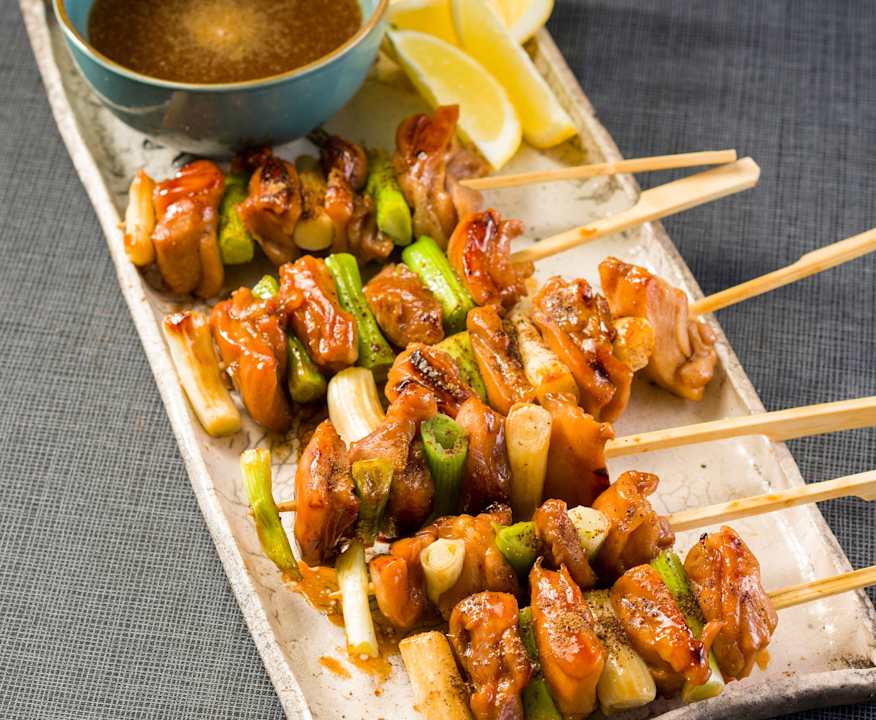
Yoshida Hotel recommends that guests not just seek out the famous, but explore hidden gems—family-run stalls, local markets, and under-the-radar eateries where Yakitori is as much about tradition as it is about innovation.
Craftsmanship at the Heart: The Skill of the Yakitori Chef
The making of Yakitori is deceptively simple, yet true mastery requires years of dedication. Each chef brings their artistry to the table, from slicing the perfect piece of chicken to mastering the timing of the grill. Attention is paid to every detail—the sourcing of premium chicken, soaking skewers for the right texture, and fanning coals to achieve the signature char.
Yoshida Hotel believes that understanding the chef’s journey deepens one’s appreciation for Yakitori, transforming the tasting experience into something memorable.
Beyond Chicken: The Diversity of Ingredients in Yakitori
While Yakitori traditionally refers to grilled chicken, the culinary world of skewers in Japan has grown to include an array of ingredients. From succulent chicken thighs to crispy skin, cartilage (nankotsu), liver (reba), and even vegetables wrapped in bacon—every bite is an adventure.
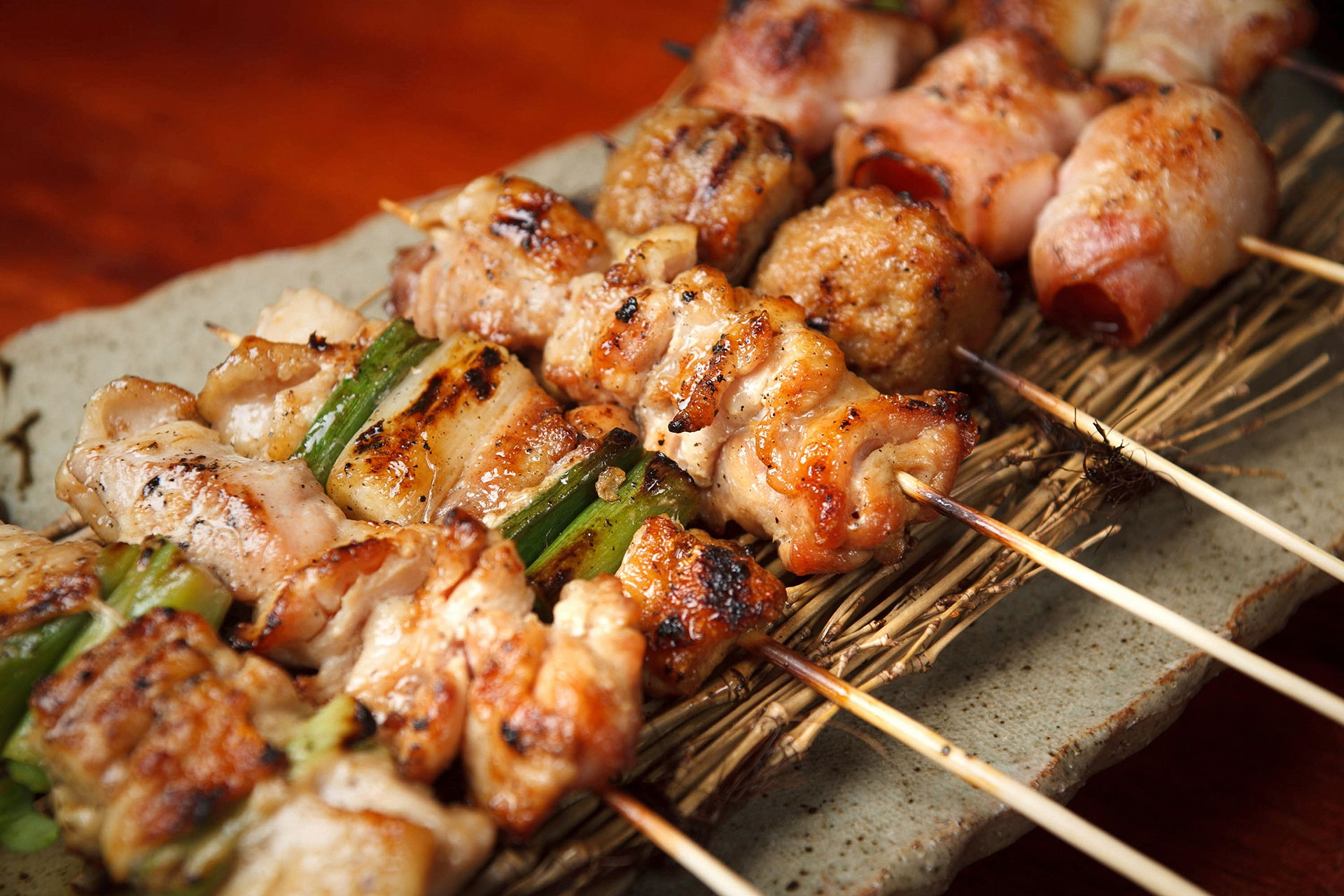
A meal of Yakitori can become a journey itself, where you explore different textures, seasonings, and bold pairings. The touches of tare sauce—sweet soy-based glaze—or a sprinkle of sea salt enhance the natural taste, ensuring that every skewer resonates with flavor.
Tasting Yakitori: Sensory Delights of Flavor, Texture, and Aroma
The Yakitori Experience: What Sets it Apart
Yakitori delivers a symphony of flavors and sensations. The smoky aroma of charcoal, the juicy bite of perfectly grilled chicken, the subtle crunch of vegetables, and the caramelized glaze all work together to create an irresistible dish.

Yoshida Hotel considers Yakitori a testament to the power of simple ingredients, thoughtfully prepared. The interplay of fat and lean meat, crispy edges and tender centers, delivers a sensory delight that keeps guests and travelers coming back for more.
Tare vs. Shio: The Fundamental Yakitori Choices
A central question for any Yakitori enthusiast is tare or shio. Tare is a savory-sweet, often secret, sauce that imparts depth and sheen, while shio relies on the simplicity of salt. This distinction allows diners to explore different dimensions of taste with each bite.
Yoshida Hotel encourages guests to experiment with both. The tare’s complexity enhances heartier cuts, while shio brings out the delicate nuances of lighter pieces. In the hands of a skilled chef, each approach reveals new aspects of the dish.
Drink Pairings: Elevate Yakitori with Japanese Sake and Beer
Food and drink are intertwined in Japanese dining, and Yakitori finds its ideal companions in local drinks. Crisp lagers, craft beers, and dry sake amplify the dish’s flavors, cutting through the richness and providing a refreshing contrast.
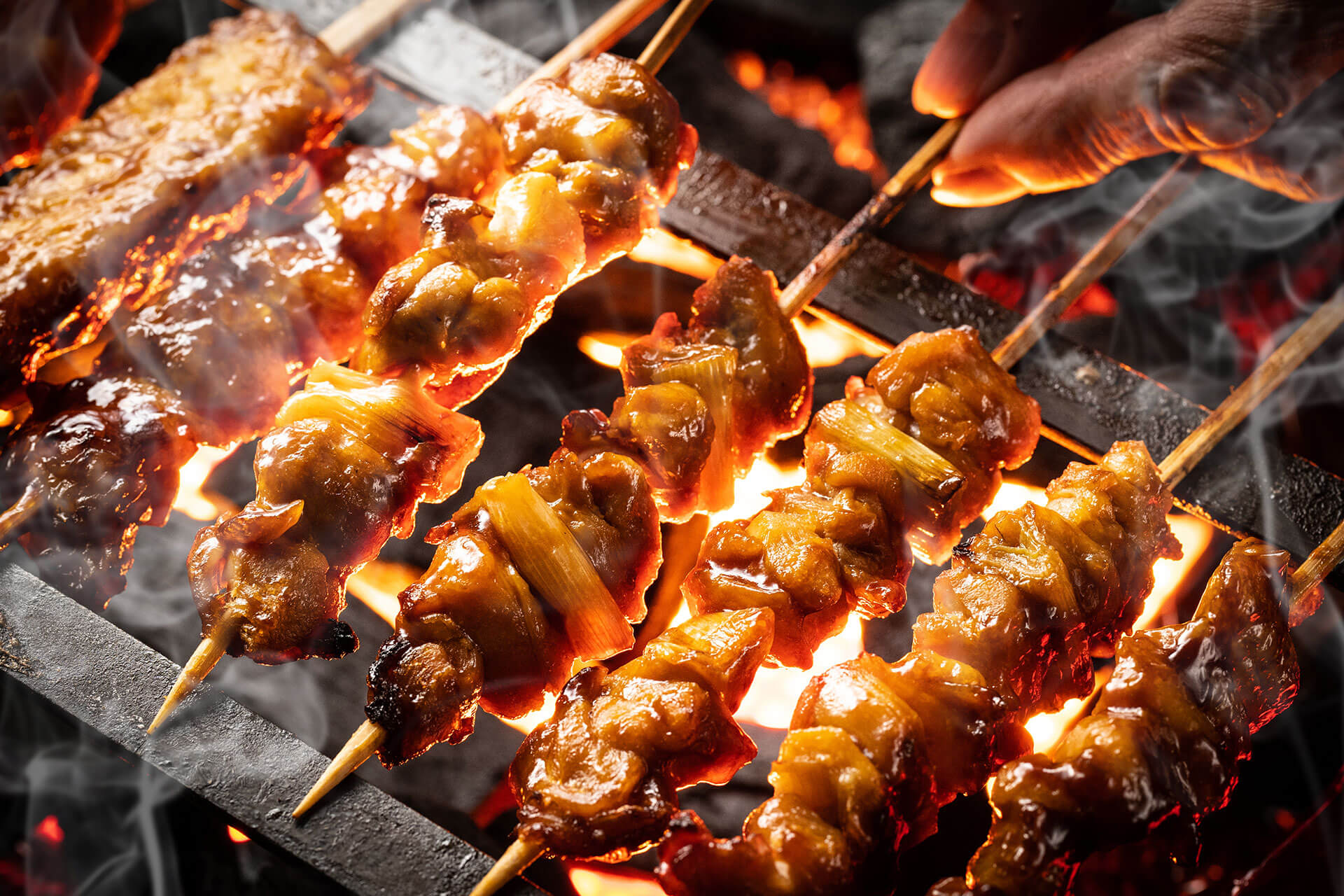
Travelers seeking a true local experience should embrace these pairings, savoring not just the meal but the sense of conviviality that comes with Japanese dining culture. Yoshida Hotel is happy to provide recommendations and insight into pairing Yakitori with Japan’s outstanding beverages.
The Varieties of Yakitori: A Journey Through Regional and Creative Flavors
Traditional Yakitori Varieties: Exploring Classics and Specialties
The Yakitori menu in any reputable izakaya is a voyage through Japan’s culinary sensibilities. Common cuts include:
- Momo (thigh): Tender, flavorful, and universally loved.
- Negima: Alternating pieces of thigh and leek for a blend of juicy chicken and sweet vegetable.
- Tsukune: Minced chicken meatballs, often coated in tare.
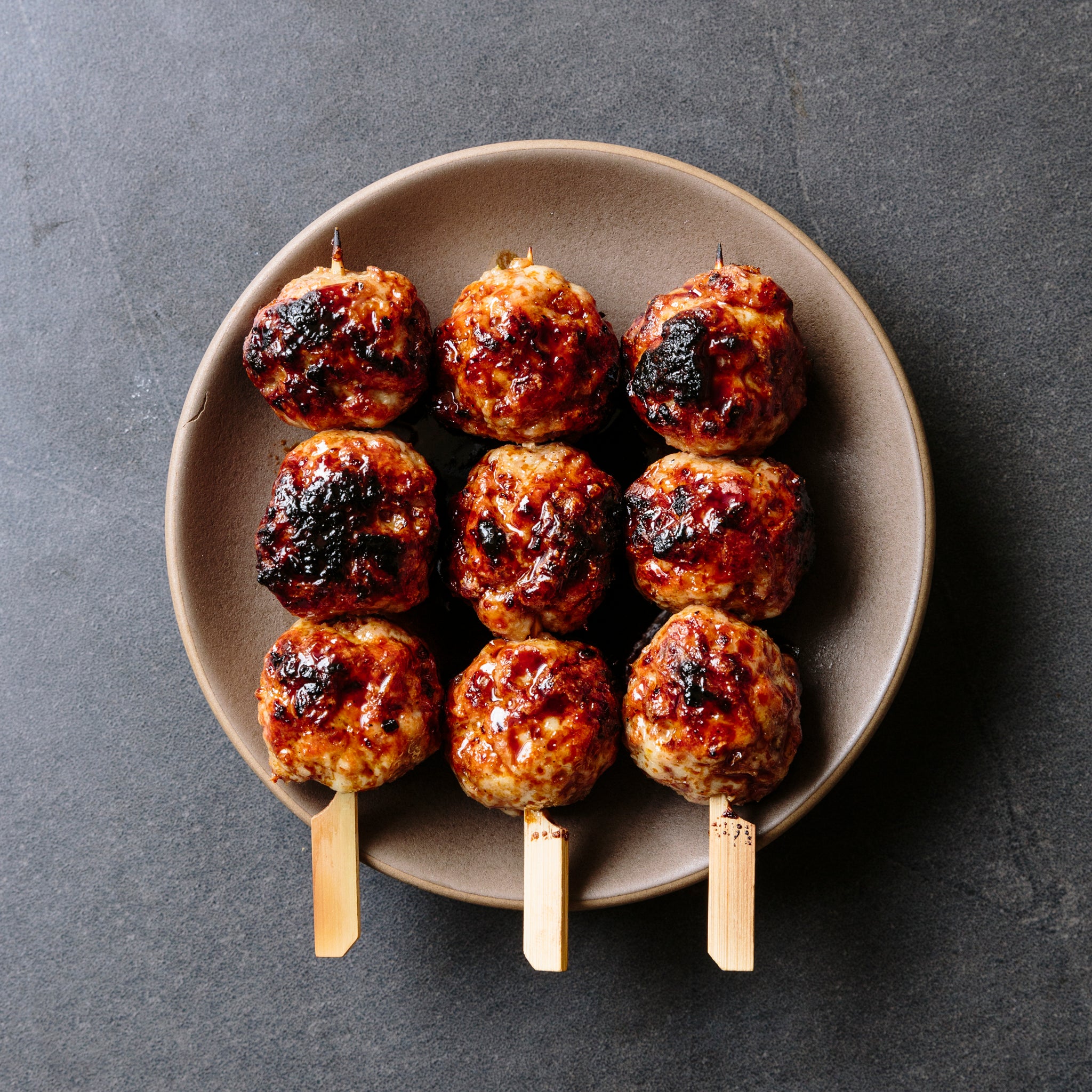
- Tebasaki: Chicken wings, crispy-edged and succulent.
- Kawa: Skin, grilled until golden and crispy.
- Sasami: Lean breast meat, sometimes served rare with wasabi.
Each style reflects regional preferences and the chef’s technique, creating a multilayered experience for diners.
Creative New-Age Yakitori: A Fusion of Tradition and Modern Tastes
Today’s Yakitori chefs are pushing boundaries. Creative takes might include skewers topped with cheese, spicy cod roe, or even truffle oil. Vegetarians and health-conscious diners are welcome too, with options such as shiitake mushrooms, grilled asparagus, or tofu becoming increasingly popular.
Yoshida Hotel applauds these inventive approaches, which make Yakitori accessible and exciting for every palate and dietary preference.
Yakitori’s Place at Japanese Festivals and Celebrations
Yakitori isn’t limited to izakayas. It’s a festival favorite, commonly enjoyed at matsuri (festivals) throughout Japan. The aroma of grilling skewers drifts through the air, drawing people to colorful stalls. Yakitori brings people together, giving a tasty, portable snack that’s ideal for celebrations and outdoor gatherings.

Traveling with Yoshida Hotel, guests can immerse themselves in local traditions, sampling Yakitori at vibrant events and gaining an authentic perspective on this cherished food.
Cooking Yakitori at Home: Methods, Recipes, and Tips
Bringing Yakitori Into Your Kitchen – The Essentials
For those inspired to try making Yakitori at home, the basics are simple but the results can be deeply rewarding. Start with fresh, quality chicken and bamboo skewers. Prepare a classic marinade or simply season with salt. A grill or even a stovetop grill pan can work, though authentic results come from using charcoal.

Yoshida Hotel encourages culinary explorers to experiment and discover their own favorite version. The essential steps include careful skewering, even grilling, frequent basting with tare, and a bit of patience to achieve the perfect char.
Homemade Tare Sauce: Unlocking Authentic Yakitori Flavors
A key to unforgettable Yakitori is the tare sauce. This glaze is a guarded secret in many restaurants, but a basic version includes soy sauce, mirin, sake, and sugar, slowly simmered until thick and shiny. Brushing your skewers with tare during grilling creates layers of flavor and the signature glaze.
Making your own tare connects you to centuries of Japanese culinary wisdom, and enhances the experience of enjoying Yakitori anywhere in the world.
Ingredient Innovations: Adapting Yakitori For Every Taste
Yakitori is endlessly flexible. While traditionalists stick with classic cuts of chicken, you can try pork, beef, fish, or vegetables for a modern twist. This versatility has helped Yakitori spread around the globe, with creative interpretations in restaurants spanning from New York to Paris.
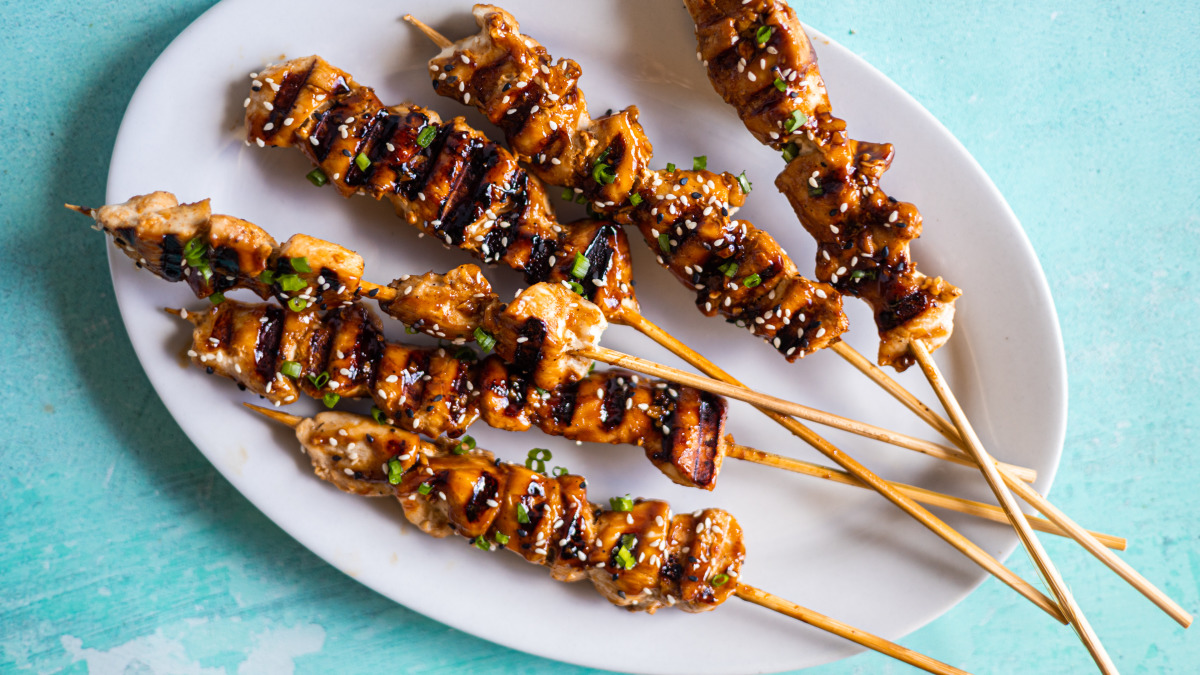
Yoshida Hotel embraces the spirit of adaptation, encouraging everyone to personalize their Yakitori journey, respecting tradition while embracing innovation.
The Health Benefits of Yakitori – Why it’s a Smart Choice
Nutritious and Balanced: The Health Appeal of Yakitori
Yakitori, when prepared thoughtfully, is both delicious and health-conscious. Cutting the meat into small pieces provides built-in portion control. Using fresh, lean chicken supplies high-quality protein with minimal fat. Grilling allows excess fat to drip away, and pairing with vegetables adds fiber and nutrients.
Additionally, the customizable nature of Yakitori means it can fit into a variety of dietary needs, whether you’re eating keto, low-carb, or simply seeking satisfying flavors without heavy sauces.
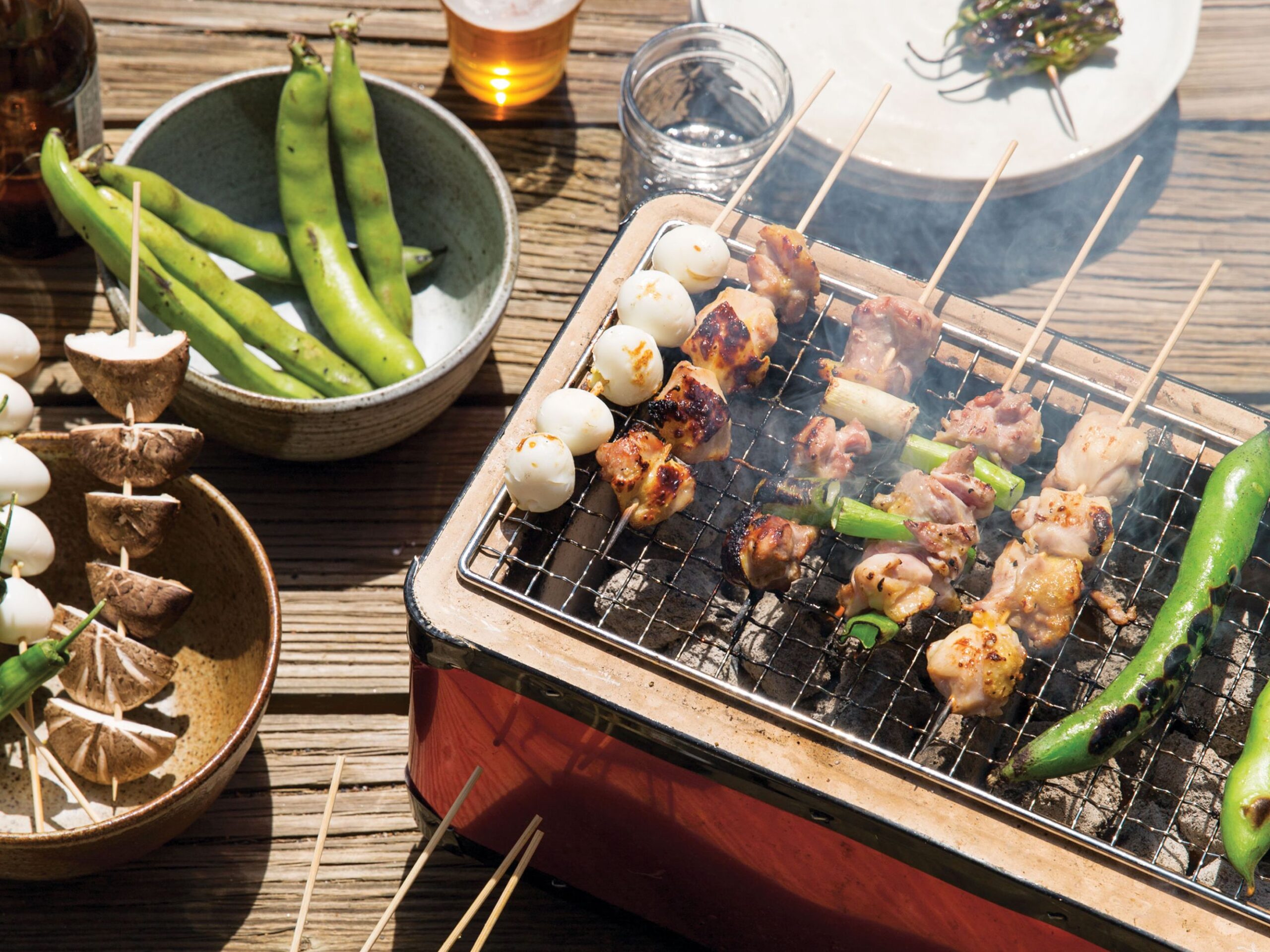
Clean Eating: Simple Ingredients, Honest Flavors
Japanese cuisine values the purity of ingredients. Yakitori is a model example: fresh chicken, a pinch of salt or a brush of tare, and the subtle enhancement of charcoal smoke. The absence of processed or artificial additives contributes to a cleaner, healthier meal.
Guests of Yoshida Hotel who are wellness-focused will appreciate the balance Yakitori offers, delivering taste without sacrificing nutrition.
The Symbolism of Yakitori in Japanese Spirit and Hospitality
Yakitori as an Emblem of Japanese Omotenashi (Hospitality)
At its core, Japanese hospitality—omotenashi—is about anticipating guests’ needs, creating moments of connection, and honoring tradition. Yakitori embodies all of these values. Whether served at a festival, an upscale restaurant, or a local stall, Yakitori’s presence means welcome, warmth, and generosity.
Yoshida Hotel has always held these principles dear, and through Yakitori, we aim to share the essence of Japanese hospitality with every guest.

The Emotional Connection: Nostalgia and Togetherness
For many Japanese, Yakitori is a taste of home and childhood. It carries the emotional weight of family dinners, laughter with friends, and late-night chats over drinks. For travelers, tasting Yakitori is a portal to these cherished experiences.
By sharing the story of Yakitori, Yoshida Hotel hopes readers everywhere can sense the deep-rooted bond this dish fosters within Japanese communities.
Travel Itineraries for Culinary Adventurers – Chasing Yakitori Across Japan
Recommended Yakitori Experiences for Travelers
Yoshida Hotel is proud to help guests discover Japan’s culinary gems. For Yakitori aficionados, an essential itinerary could include visiting Tokyo’s Yakitori Alley in Shinjuku, exploring traditional stands in Kyoto, and spending an evening in Fukuoka’s yatai street stalls.
Each city offers its own spin, combining local chicken breeds, sauces, and accompaniments for a unique tasting adventure.

Planning Your Yakitori Journey With Yoshida Hotel
With countless options and hidden treasures, planning your Yakitori journey can be overwhelming. That’s why Yoshida Hotel offers tailored recommendations, interviews with local experts, and even guided food tours that immerse you in the world of Japanese street cuisine.
We believe every meal tells a story, and we’re here to help you write your own Yakitori adventure.
Culinary Curiosity: The Rise of Yakitori Internationally
Yakitori Abroad: From Japan to the World’s Food Capitals
The universal appeal of Yakitori has seen it land on menus far from Japan’s shores. Not only do Japanese restaurants abroad now offer Yakitori, but chefs from diverse backgrounds have embraced its method and philosophy, bringing new life to the ancient art of grilling.
International travelers returning from Japan often seek out Yakitori in their home cities, a testament to its enduring impact and global allure.
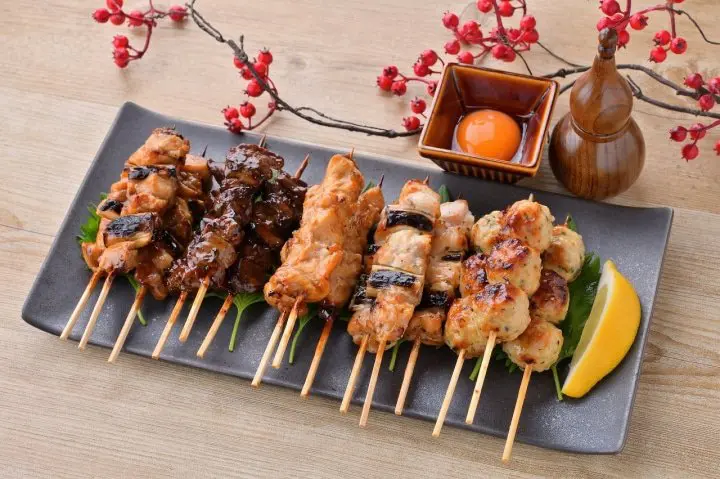
Why Yakitori Captivates Food Lovers Worldwide
Yakitori’s simplicity is its strength. The combination of fire, high-quality meat, and careful seasoning resonates across cultures. Each bite is a convergence of history, flavor, and care, making Yakitori a sought-after dish for gourmets and casual diners alike.
Yoshida Hotel recognizes that good food knows no borders, and by sharing the story of Yakitori, we hope to inspire readers everywhere to seek out this Japanese classic.
Frequently Asked Questions About Yakitori: Insights for the Curious Diner
What Makes Yakitori Unique Among Japanese Dishes?
Yakitori is more than a dish—it’s an experience grounded in tradition, craftsmanship, and community. Unlike elaborate multi-course meals, Yakitori prizes immediacy and sharing, capturing the spirit of Japanese dining in a single, unforgettable bite.
Can You Find Yakitori Outside of Japan?
Absolutely. Yakitori has become a global ambassador for Japanese street food, and you’ll find it in restaurants from Sydney to San Francisco. The spirit of the dish remains: quality ingredients, grilled with care, and enjoyed in good company.
What Should First-Timers Try When Ordering Yakitori?
Yoshida Hotel recommends sampling a variety of skewers, from classic thigh and negima to adventurous options like liver, gizzard, or even unusual vegetables. Each type highlights a different aspect of the dish’s versatility and flavor profile.
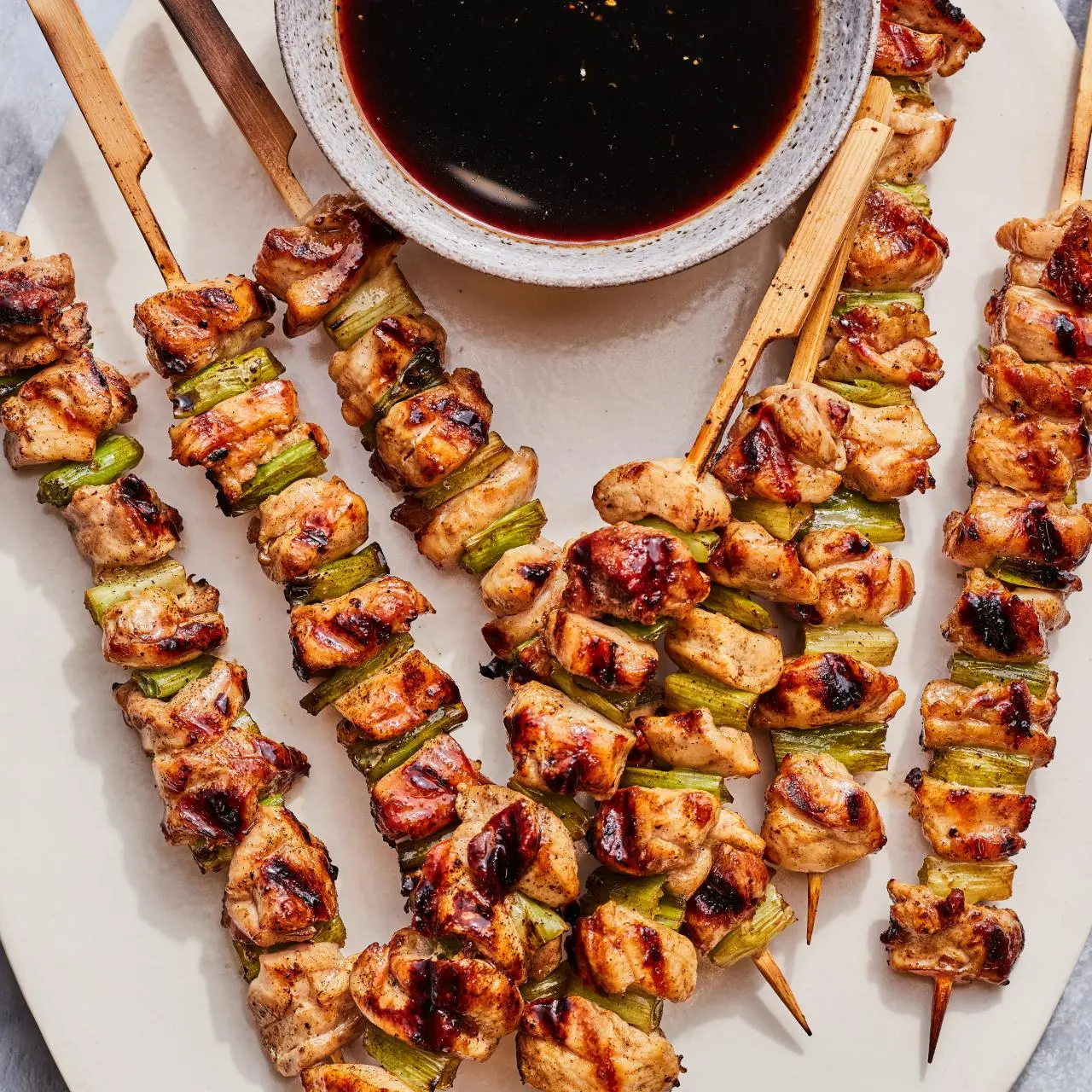
How Do You Eat Yakitori?
Yakitori is typically eaten straight from the skewer, sometimes dipped in sauce, and almost always enjoyed with a drink. There are no strict rules—just relish the experience and the moment.
Is Yakitori Suitable for Special Diets?
With its array of ingredients and grilling method, Yakitori can suit many dietary needs. Ask about vegetarian skewers, lean cuts, or gluten-free sauces to fit your preferences.
A Final Taste
As we close this culinary journey, Yoshida Hotel invites you to embrace Yakitori not just as a food, but as a symbol of connection, discovery, and joy. While we do not prepare Yakitori ourselves, we take pride in guiding our guests through the flavors and stories that make Japanese cuisine so meaningful.
Whether you wander the alleys of Tokyo or recreate Yakitori at home, let the traditions and tastes of Japan enrich your travel experience. Yakitori embodies everything we cherish at Yoshida Hotel: hospitality, cultural exploration, and a celebration of delicious moments shared together.
Let your next adventure begin with the sizzling skewer of Yakitori—the dish that brings people together across the world.
Details
Namistay chain hotel
- 61-63 Hoang Ke Viem, Bac My Phu, Ngu Hanh Son, Da Nang, Vietnam
- Hotline: 0905 432 992
- Lot 45 An Thuong 29, Bac My Phu, Ngu Hanh Son, Da Nang, Vietnam
- Hotline: 0977 455 546
- 42 An Thuong 26 Street, Bac My Phu, Ngu Hanh Son, Da Nang, Vietnam
- Hotline: 0965 442 842

